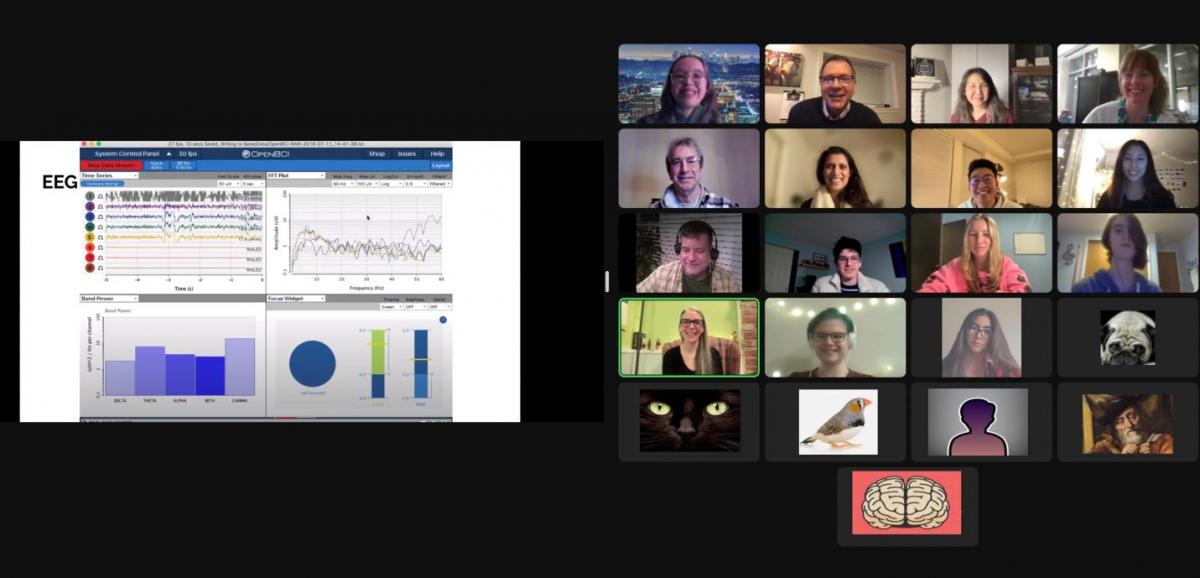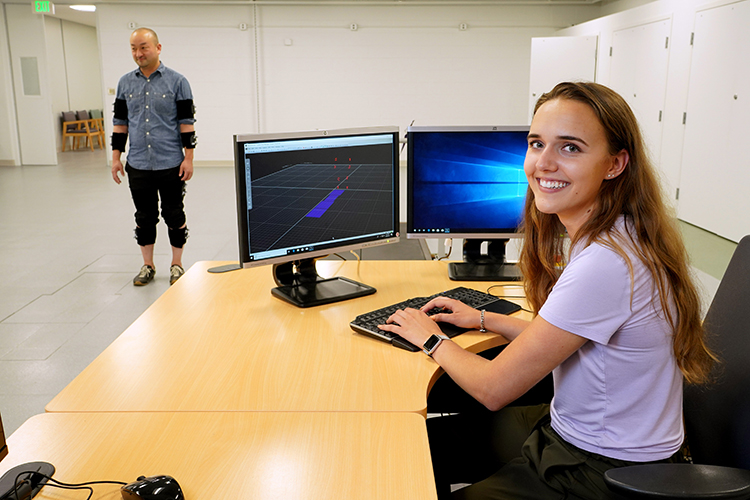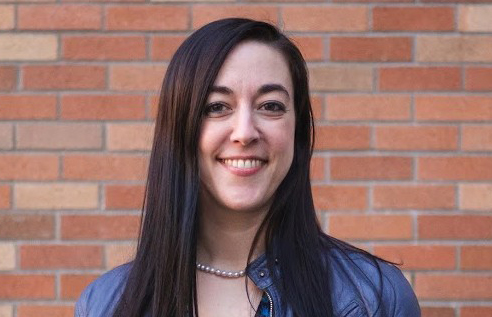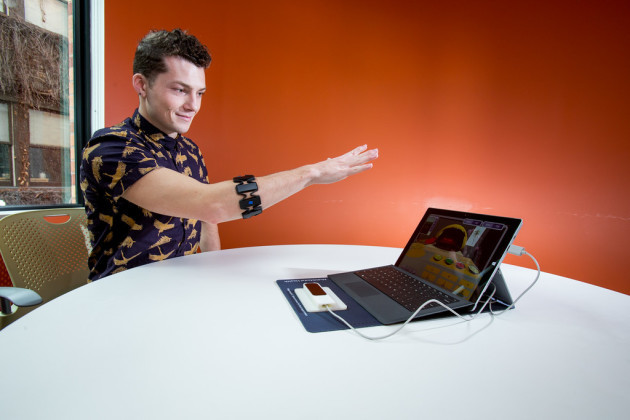
Simulating the sense of touch by stimulating the brain with electrodes. Decoding signals within the brain’s network of approximately 86 billion neurons. Testing technologies to help the brain heal. Exploring new interfaces between brains and computers.
Graduate and undergraduate researchers from various departments at the University of Washington (UW) discussed these topics and others this year in an online session dedicated to encouraging neurodiverse high school students to explore neural engineering and neuroscience.


 This graduate student working in the labs of CNT members Rajesh Rao and Bing Brunton is starting a new series of posts on our
This graduate student working in the labs of CNT members Rajesh Rao and Bing Brunton is starting a new series of posts on our  Lars Crawford demonstrates vHAB, a virtual reality device designed to assist stroke patients with physical therapy. Crawford was part of a student team that invented the device in the 2014 Tech Sandbox competition and further developed it at the CNT over the next few years. The Tech Sandbox was a precursor to today’s Neural Engineering Tech Studio course at the UW. In 2020, Crawford returned to the Center to be a teaching assistant for this course. Photo: Buerk Center for Entrepreneurship
Lars Crawford demonstrates vHAB, a virtual reality device designed to assist stroke patients with physical therapy. Crawford was part of a student team that invented the device in the 2014 Tech Sandbox competition and further developed it at the CNT over the next few years. The Tech Sandbox was a precursor to today’s Neural Engineering Tech Studio course at the UW. In 2020, Crawford returned to the Center to be a teaching assistant for this course. Photo: Buerk Center for Entrepreneurship